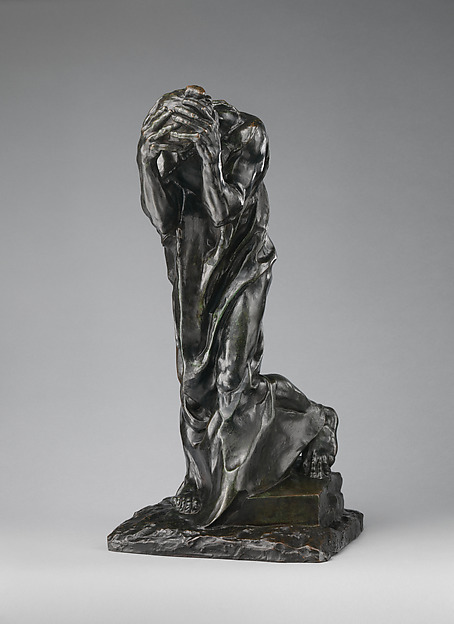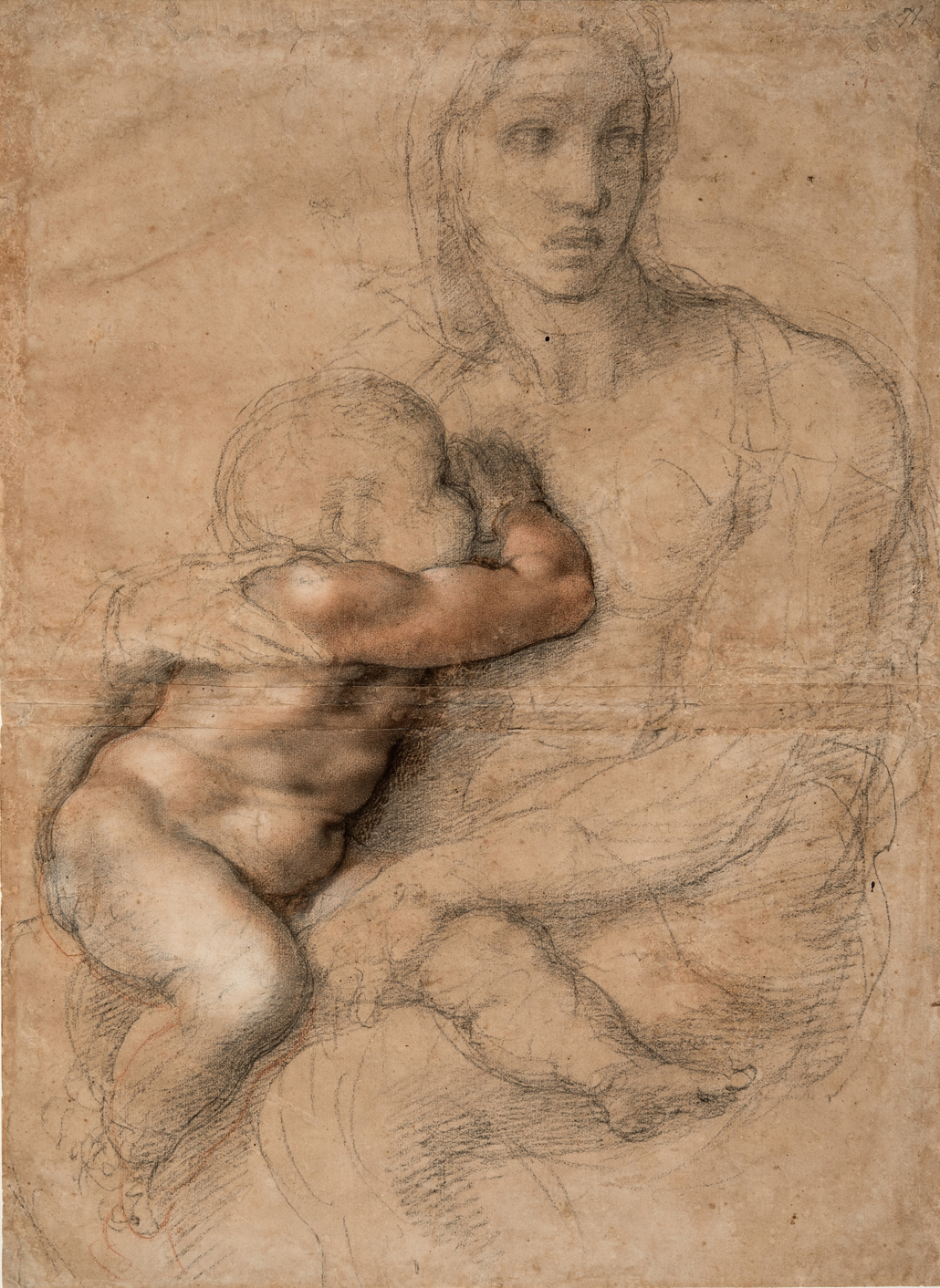Ohara uses the city as a means of inspiration to draw the reader into their world as a means of expression. He brings out moments in time and makes them last as though frozen allowing for one to experience what he did. In this way he draws to the readers attention the idea that a moment lasts only once, but a feeling from that moment can interact with future moments to create a sense of memory which is then influenced by one’s life choices and emotional maturity to produce a result.
This perfectly encapsulates the New York City feel of “The Past” which allows for a broader understanding of the culture which we are submerged in every day but have little time to adapt to.
The video I link to is another means of a similar expression which conveys, I feel, a very similar emotional expression to the poetry in that it allows the viewer to step out of their own shoes and see New York with no reference point but that of a cultural lens in the distant way.










